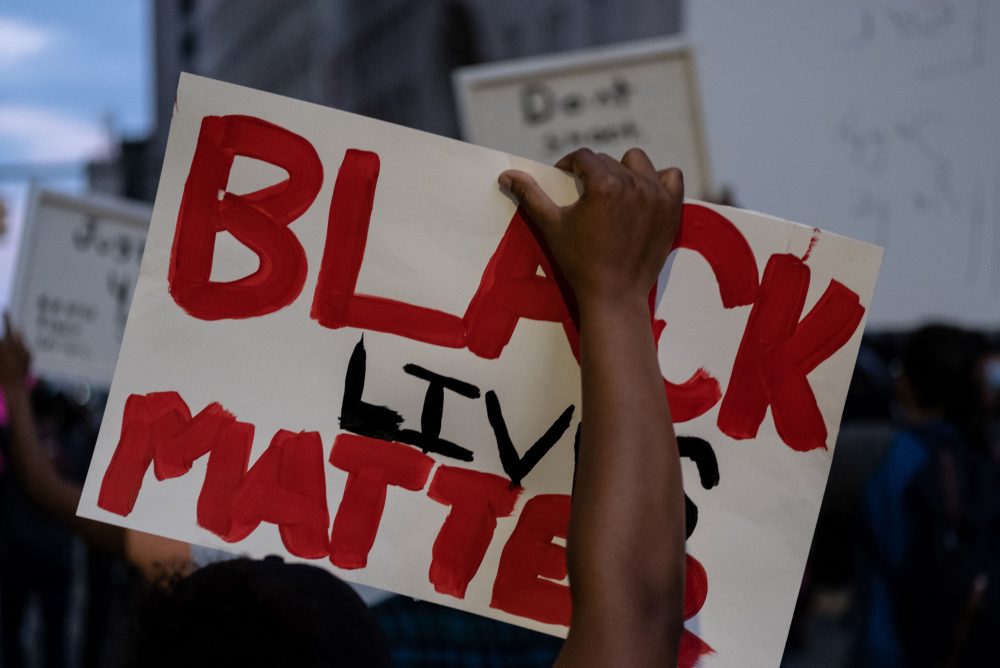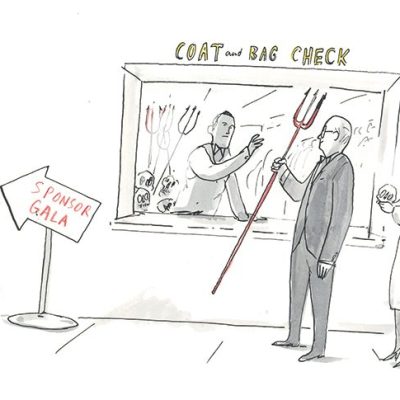During the last few years, American art museums have sought to address racial inequalities, through exhibiting works by artists of colour more widely, appointing African-American leaders, from curators to the Secretary of the Smithsonian, and making high-profile acquisitions, if on a limited scale. These steps, halting as they have been, have reflected a stated quest for greater equality and social inclusion.
The murder of George Floyd in Minneapolis and the unrest that has followed have made the ‘social distancing’ required by Covid-19 feel like a secondary concern. Just a few weeks ago, the first reaction to the pandemic by many museum leaders was to fire front-line staff (often the most economically vulnerable employees and contractors – and often people of colour), in a bid to stem financial reversals. The privileging of endowment balances before the pandemic seems to many a short-sighted goal, resulting, as it did, in knee-jerk layoffs. These now feel, a scant few weeks later, like evidence of a quest for the status quo.
In the wake of widespread disaffection in every American state, the question for museums is: what purpose do they serve? Instagram posts of artworks by artists of colour are welcome, but don’t address the gap between the largely commercial concerns of the art world and the realities faced by black and brown Americans. Nor is it sufficient to offer space for contemplation, ‘thoughts and prayers’, or sentiments of ‘now more than ever’. Many museums long ago escorted contemplation out the door and invited in expansion for its own sake, commercially-minded blockbusters, frothy, social media-worthy installations, glamorous fundraisers, and non-educational merchandising. It’s a hollow claim that art museums are first and foremost places of reflection and healing when their calendars, budgets, and priorities frequently indicate otherwise.
An American public beset by a deadly virus, massive unemployment, police violence, and the conspiracy theories coming out of the Oval Office is in no mood for contemplation. It is looking for authenticity, empathy, and action. If art museums simply seek a return to normal, they aren’t reading the room.
Art museums have a long checklist to consider, beginning with their avowed purpose. Collecting and preserving cultural heritage is a worthy goal, but many of the largest museums have chosen to focus on attracting crowds to prove their relevance. With Covid-19 detonating that objective, museums are left with an existential problem. If crowds are not returning any time soon, what should museums be aiming at instead? Sixteen years ago the Getty Trust commissioned me to write an essay titled ‘Metrics of Success in Art Museums’, in which I challenged the quest for blockbusters, attendance, and membership, proposing instead that museums focus on their core values and mission, enriching the visitor’s experience, promoting educational advancement, and using other metrics, such as the calibre and diversity of staff and standards of governance.
Instead of trying simply to restart an engine built for bygone days, museums should look to artists past and present for what to show and what to do. Artists have always responded to social unrest, from depictions of strife in antiquity to the proselytising paintings of the Protestant Reformation and the Counter-Reformation that followed, to more recent meditations on intolerance. Among the 160 artists from the American South represented in the collection of the Souls Grown Deep Foundation (of which I am the president) are many whose social commentary is especially resonant today. Thornton Dial’s vivid assemblages conjure the scourge of lynching; the abstract meditations of the quiltmakers of Gee’s Bend include faded work clothes worn through in the cotton fields of Alabama, and Purvis Young’s collages and paintings are elegies to the plight of African Americans trapped in a racist system. All have lessons to impart about the convergence of art and the quest for social justice.
Beyond mining their collections to create fresh perspectives and a new sense of tolerance, museums should conduct their invisible business in daylight. The billions of dollars in their portfolios can be cleansed of controversial investments without losing returns. Impact-investing is pointing the way towards a more just and progressive economy, and should govern choices about how funds in museum endowments are deployed.
An empathetic response from museums – in hiring and retaining a diverse and representative staff, collecting and presenting art that is not a mirror of art market fashion, and using financial resources in ways consistent with their stated values – is what is needed most urgently. Growth for its own sake and the chasing of crowds are obsolete objectives. As well as protecting visitors from infection, museums must also welcome dissent and dialogue, give artists the voice they deserve, and rebuild a business model based not on commercial relevance but on deserving generosity from donors and the public at large.
Maxwell L. Anderson is president of the Souls Grown Deep Foundation and Community Partnership and host of the podcast Art Scoping.



